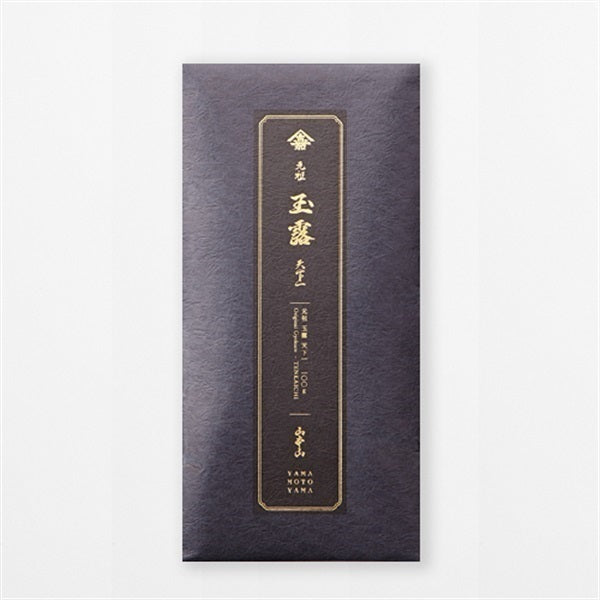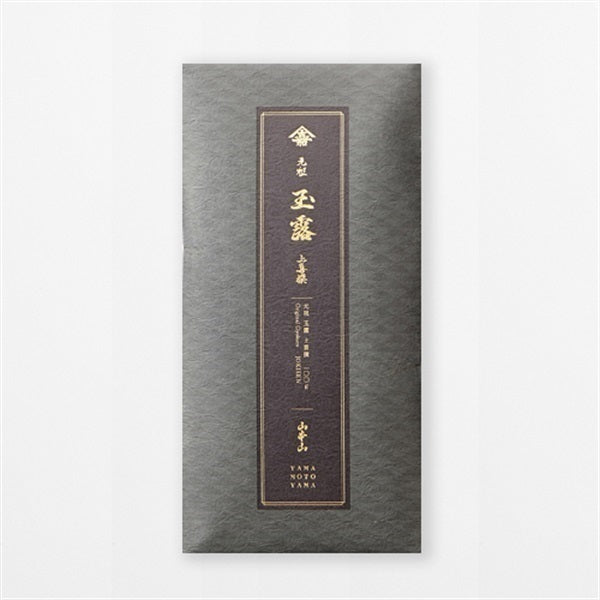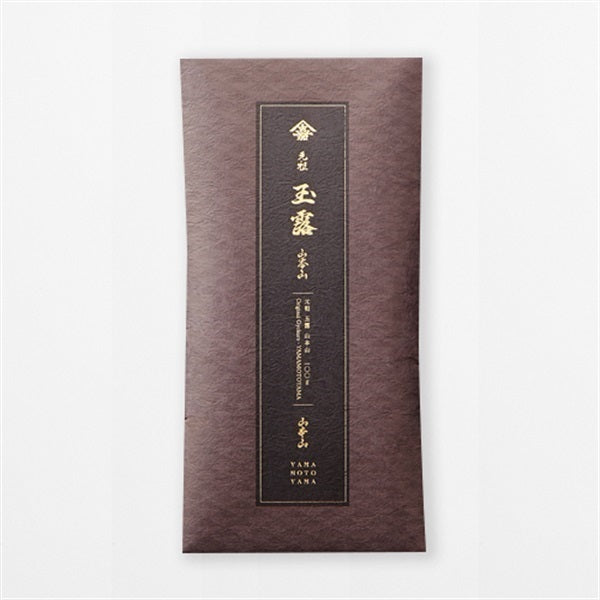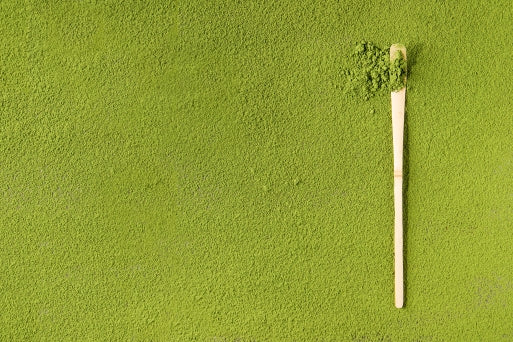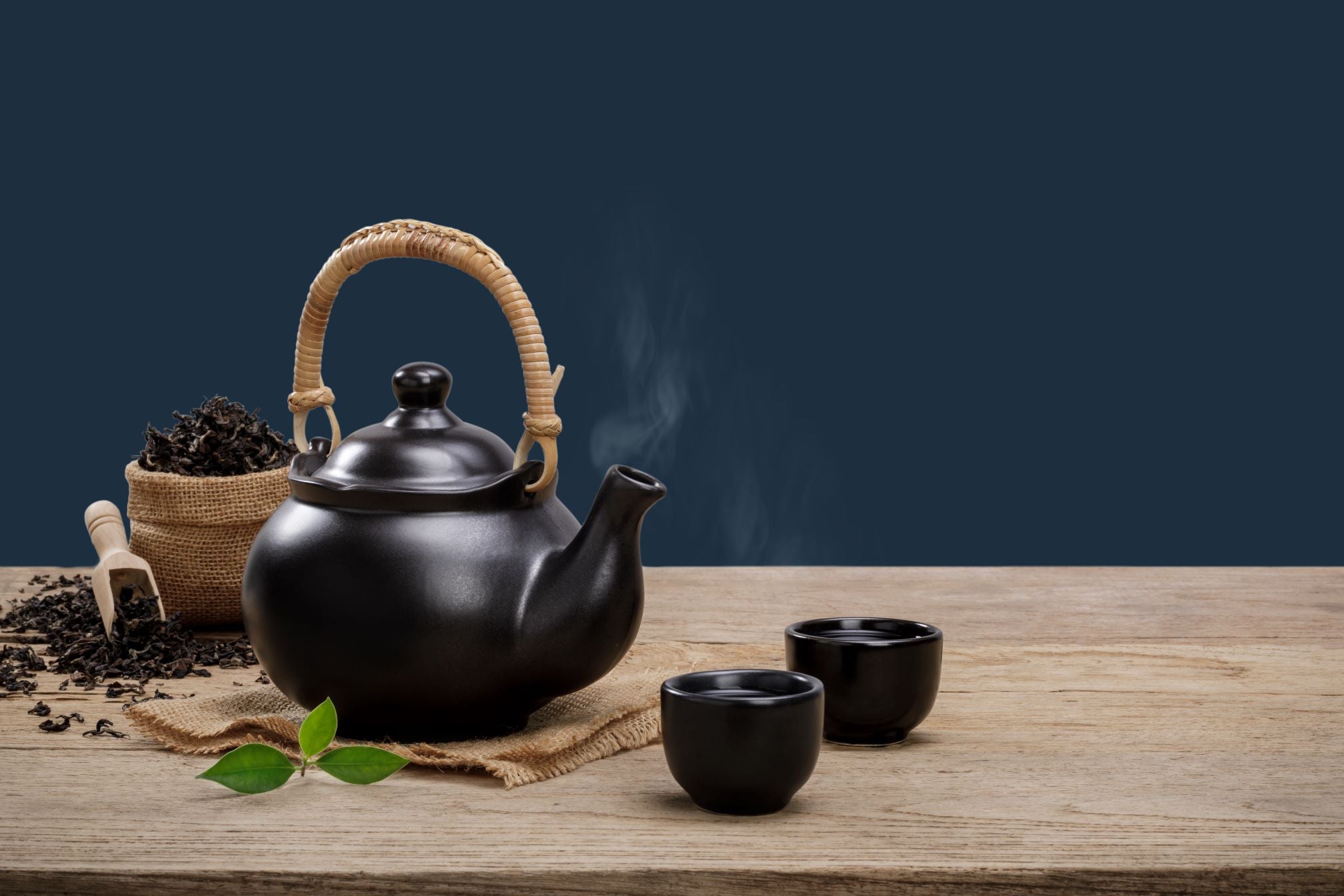
Make your tea even more delicious! Tips for choosing the right tools
- Introduction
- Tips for choosing a teapot
- Choose a size that matches the number of people you usually drink with.
- The shape of the teapot is suited to the tea leaves
- If you are new to teapots, a wide base is a good choice.
- Don't forget to check the lid
- Points to note about deep-steamed sencha
- A teaspoon and a timer are also a good idea.
- Tea bowl
- Tea tray
- Finally
Introduction
Choosing the right tools is essential to bring out the best flavor in your tea.
By choosing the right teapot and teacup to suit your tea leaves and preferences, you can enjoy a richer world of tea.
In this article, we will introduce some tips for choosing the right tools to brew delicious tea.

Key points for choosing tools
1. Choose a size that suits the number of people who usually drink.
The teapot used to brew sencha does not have to be expensive.
Teapots and pots come in a variety of shapes and sizes. It's best to choose a size based on the number of people who will be drinking.

2. Teapot shapes suited to tea leaves
The type of teapot you should choose will also depend on the type of tea you usually drink.
For example, for high-quality tea with a rich flavor like Gyokuro, we recommend a small-sized teapot (hohin) or tea bowl so that you can enjoy small amounts at a time. On the other hand, for roasted green tea, which requires repeated additions of hot water, or for refreshing bancha tea, a larger earthenware pot is more suitable than a teapot.
Choose a teapot that is appropriate for the type of tea you are making.
Also, each type of tea has its own optimal temperature, so you should also consider the material of your tea utensils to keep the appropriate temperature. If you brew a small amount of tea in a clay pot that is too large, the temperature of the water will drop and the tea may not taste as good.
Recommended teapots for different types of tea
Gyokuro: Houbin
A small teapot without a handle. Suitable for enjoying small amounts of tea at low temperatures, such as gyokuro, kabusecha, and high-grade sencha.
Sencha: Teapot
They are available in a variety of materials including glass, ceramic and porcelain.
Houjicha and Bancha: Earthenware teapot
They are made of thick ceramic and come in two types: one with an integrated tea strainer inside, and one with a removable stainless steel tea strainer.

3. If you are new to teapots, a wide base is best.
If you are brewing regular sencha, it is recommended to choose a teapot with a large base.
This makes it easier to spread the tea leaves evenly, so that when hot water is poured in, the heat is evenly distributed across the entire tea leaf, allowing even beginners to brew delicious tea. In particular, a teapot with a flat bottom is ideal.
Incidentally, this same thinking also applies when choosing a tea pot.
In the past, higher pots that allowed the tea leaves to move up and down easily were popular, but it has now been discovered that the tea tastes better when the leaves are spread out evenly.

4. Don't forget to check the lid
When choosing a teapot, make sure the lid closes tightly.
If the lid does not close tightly, the temperature of the boiled water will drop, which could ruin the flavor.
It can also lead to poor steaming and result in an unpalatable tasting coffee.

5. Points to note about deep-steamed sencha
People who often drink deep-steamed sencha will often choose a teapot with a small tea strainer between the spout and the body of the teapot.
However, there is a drawback to this type of tea strainer in that tea leaves can easily get clogged. Therefore, we recommend choosing a teapot with a large stainless steel mesh on the underside of the lid.
This mesh prevents the tea leaves from clogging the tea strainer and makes it easier for the entire tea leaves to be submerged in the hot water. It is more effective if the mesh is placed close to the spout.
By the way, when you buy a teapot, it may come with a plastic cap on the spout. This is not to prevent dripping, but rather to prevent the tip from cracking or chipping, so you should remove it before using the teapot.

A teaspoon and a timer are also a good idea.
When measuring tea leaves, it is recommended to use a teaspoon, although a tea spoon will do.
The appeal of this product is that it can be easily measured out, with a light scoop weighing about 2 grams. This is the standard amount for one person for many types of tea, including sencha.

Also, when brewing tea, you can use a timer to accurately measure the steeping time to create a more flavorful finish.

Tea bowl
Many ceramic tea bowls have a white interior, which makes the light blue stand out.
Tea tray
It would be good to have a tea tray for guests. There are various types of tea trays, such as lacquered and wooden. You can enjoy using different ones depending on the season.

Finally
What did you think? The taste of tea changes depending on the tea utensils you use to brew it.
Teapots and teacups come in a variety of sizes and materials. If you like hot tea, you might want to choose a ceramic teacup with high insulation, while if you want to enjoy tea at a lower temperature, you might want a teacup made of a thin material. We recommend finding the perfect combination for you based on your preferences.



